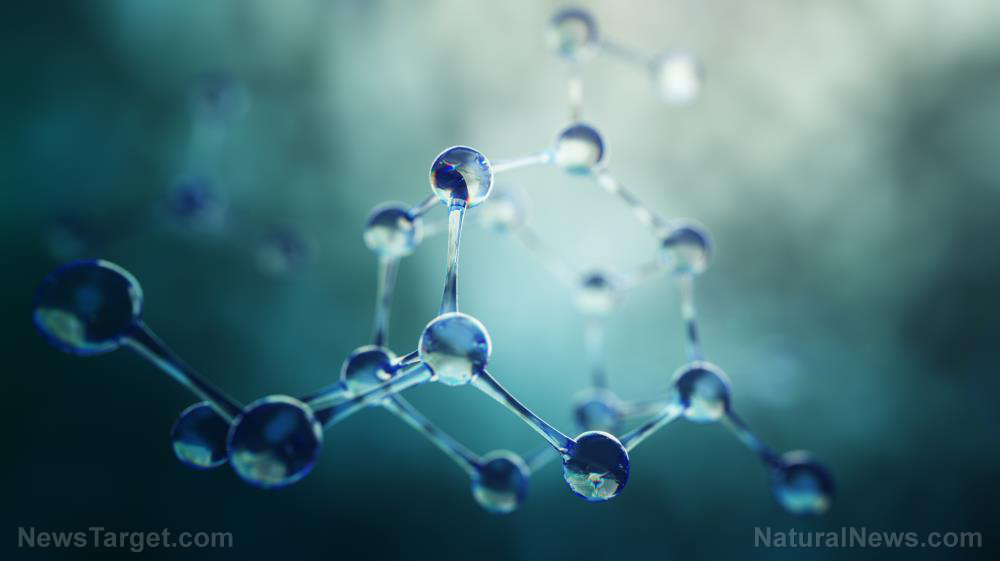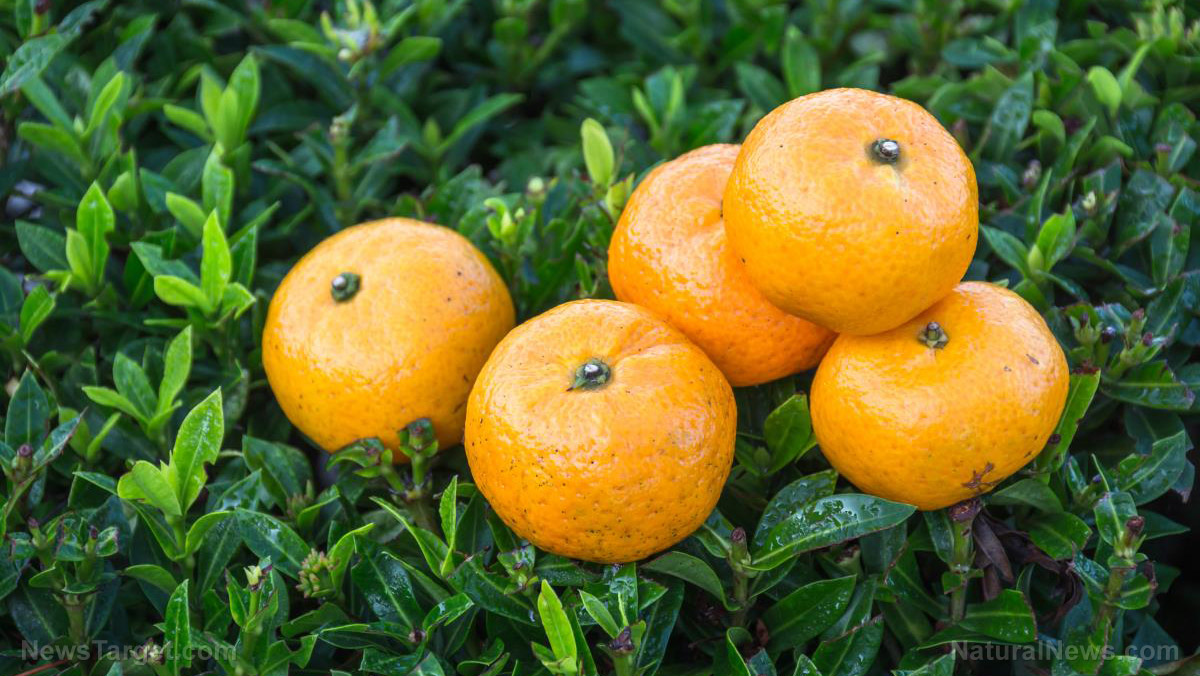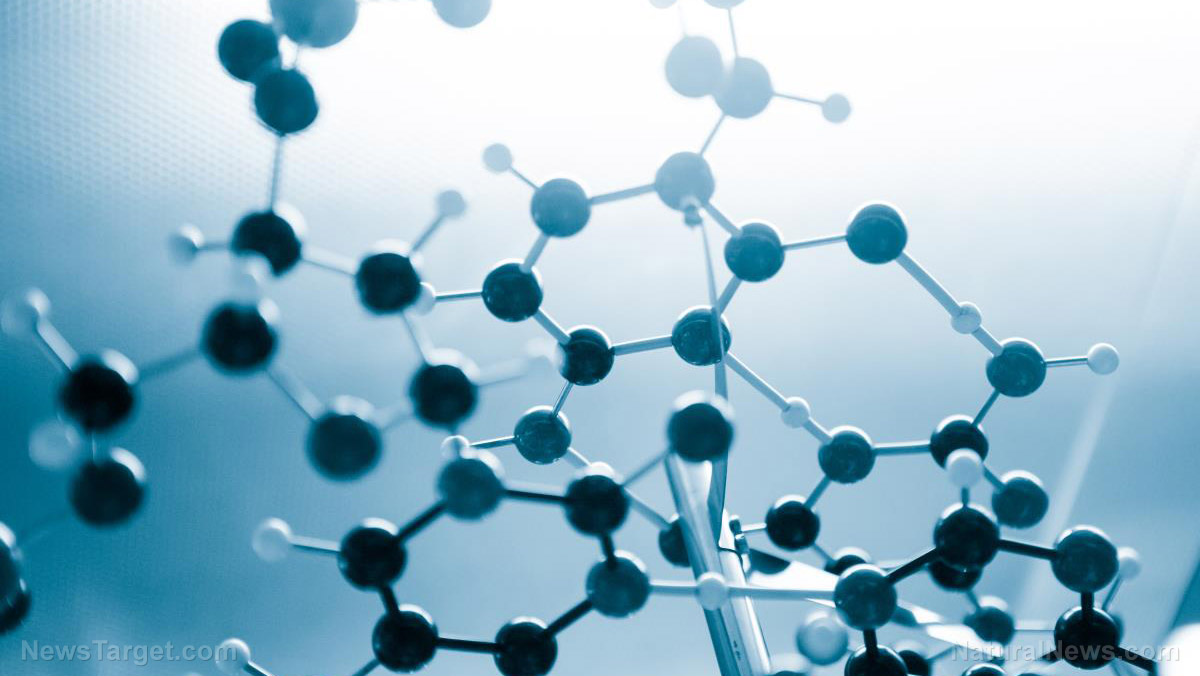Study: Earth’s oxygen may have been rusting the moon for billions of years
11/10/2020 / By Virgilio Marin

American scientists suggest that the high latitudes of the moon’s surface may have been rusting for billions of years after detecting chemical signatures of hematite, a common product of the rusting of iron. In a study published in the journal Science Advances, the researchers said that the solar wind likely transported oxygen from Earth to the moon, facilitating the rusting of iron on the lunar surface to form hematite.
Rust on the high latitudes of the moon
The study began when lead author Shuai Li of the University of Hawaii at Manoa found anomalies in the data taken using the Moon Mineralogy Mapper (M3), an instrument designed by the National Aeronautics and Space Administration’s (NASA) Jet Propulsion Laboratory (JPL) for the Indian lunar probe, Chandrayaan-1.
According to Li, some spectral features and patterns are different from those seen at the lower latitudes of the moon and in the samples returned from the Apollo missions. He became curious about whether these anomalies in the data were caused by water-rock reactions on the moon.
To investigate, Li teamed up with scientists from JPL, the University of California, Berkeley, Johns Hopkins University and Brown University.
Upon re-examining the M3 data, the researchers discovered chemical signatures of hematite and found that the precise location of the mineral is strongly correlated with the water content at the high latitudes. In addition, the team observed that the hematite signatures appeared to be more concentrated on the lunar nearside – the side of the moon perpetually facing Earth.
The discovery struck the researchers odd. While the moon is rich in iron minerals, it’s virtually devoid of oxygen, an element integral to rusting. Only pristine metallic iron is known to be prevalent on the moon, and highly oxidized iron was not confirmed in the Apollo samples. In addition, hydrogen brought by the solar wind can also reduce oxidation.
Oxygen from Earth may have rusted the moon
A clue was provided by the location of the hematite. According to Li, the fact that the hematite was more concentrated on the lunar nearside indicated that Earth is somehow involved in the rusting on the moon’s high latitudes.
“Our hypothesis is that lunar hematite is formed through oxidation of lunar surface iron by the oxygen from the Earth’s upper atmosphere,” said Li.
As to how oxygen from Earth was delivered to the moon, scientists working on the Japan Aerospace Exploration Agency‘s Kaguya lunar mission previously found that Earth’s oxygen can reach the lunar surface via the solar wind, particularly when the moon is in Earth’s magnetotail. The magnetotail is the elongated extension of Earth’s magnetosphere on the side away from the sun. The solar wind, according to the researchers, has likely been transporting Earth’s oxygen to the moon for billions of years.
“Earth’s atmospheric oxygen could be the major oxidant to produce hematite,” said Li.
While a small concentration of hematite was also found on the far side of the Moon, the researchers suspected that the mineral in the region likely formed due to the presence of water and interplanetary dust. It’s also possible that a small amount of Earth’s oxygen is available in areas not deep into the lunar farside. Whatever the case, the findings of the study, according to Li, may reshape our understanding of the moon. (Related: What did China’s moon lander see on the far side of the moon?.)
“Earth may have played an important role in the evolution of the Moon’s surface,” said Li.
The researchers hope that NASA’s Artemis missions can return hematite samples from the polar regions. Hematite from this area might have preserved oxygen isotopes. These isotopes, in turn, can confirm whether the lunar hematite was oxidized by Earth’s oxygen and provide insights into the evolution of Earth’s atmosphere.
Space.news has more about fascinating discoveries about the moon.
Sources include:
Submit a correction >>
Tagged Under:
cool science, cosmic, discovery, Earth, Earth's oxygen, hematite, lunar surface, magnetotail, NASA, oxidation of iron, research, rusting of moon, solar wind, Space, the moon
This article may contain statements that reflect the opinion of the author
RECENT NEWS & ARTICLES
COPYRIGHT © 2017 CHEMISTRY NEWS





















